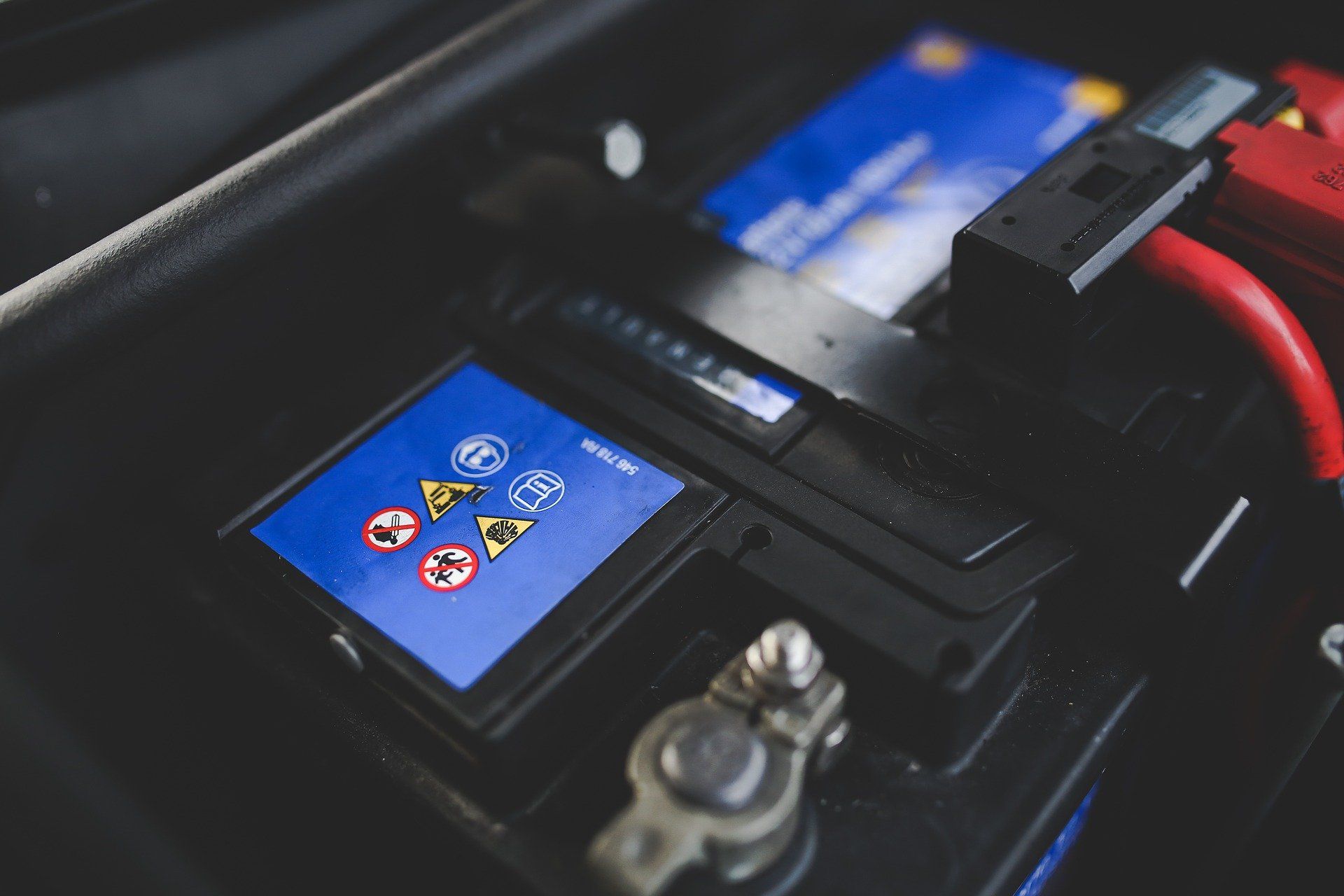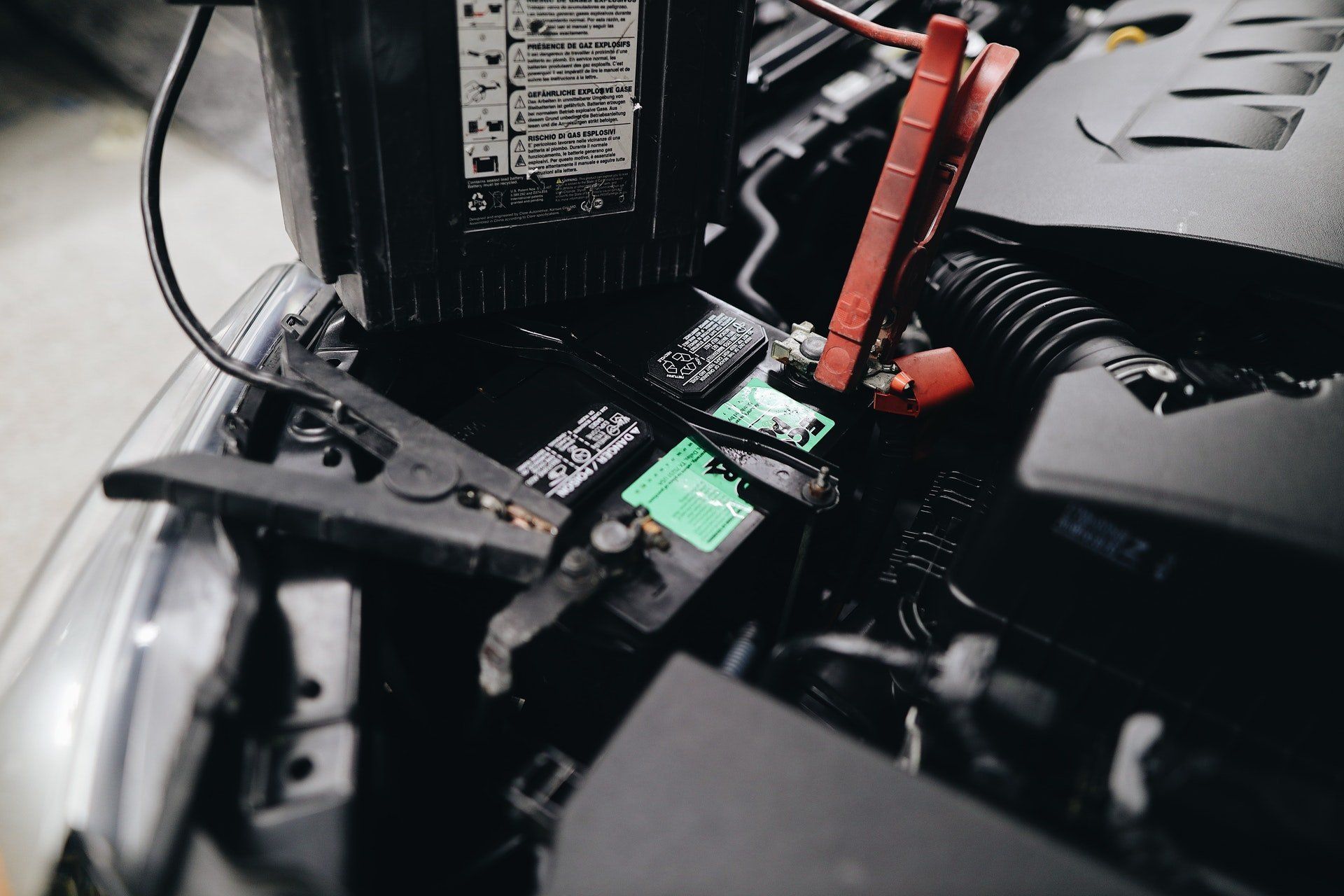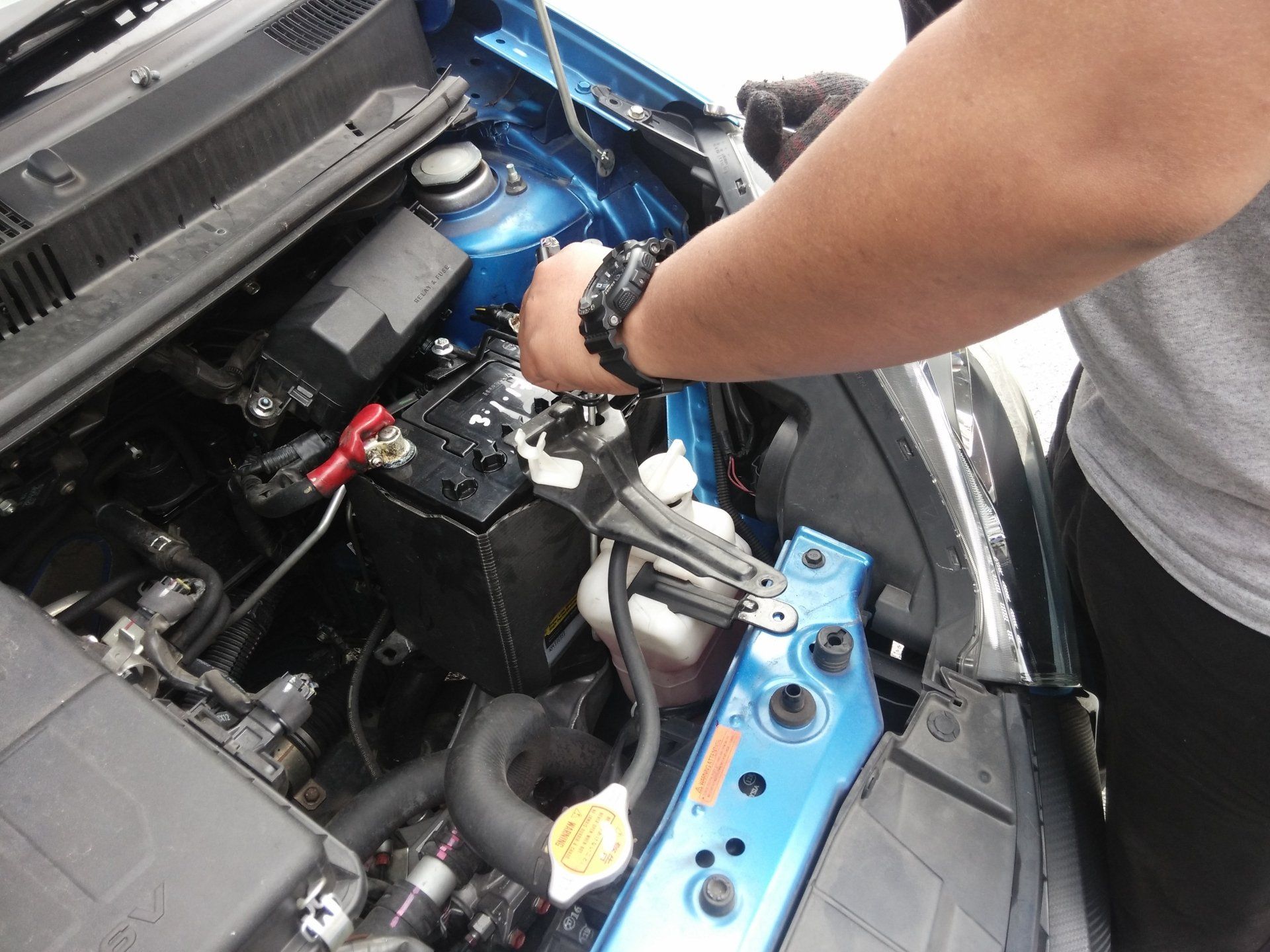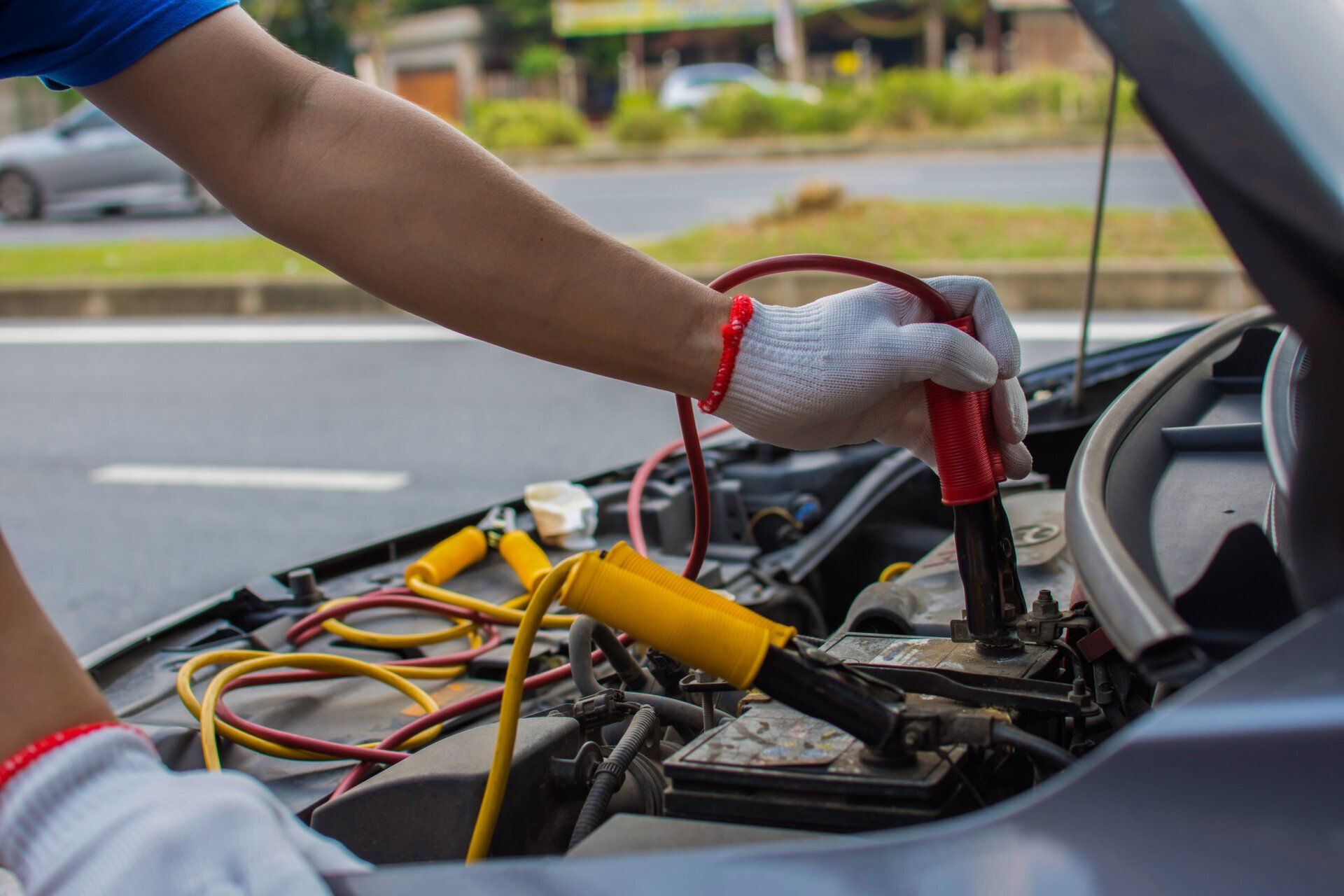How To Take Your Car Battery Voltage
Your car battery is one of its most important components. Without it, every piece of electronics within your car won't be able to function. You also can't start your engine, use your air conditioning, lower your windows (if using power windows) or even listen to music!
For these reasons, it's important for every car owner to know more about their car battery than just entrusting every detail to their mechanic or repairman. One of the most important factors when it comes to your car battery is to understand its voltage and current charge status. Once you know this, you'll be able to diagnose your car battery's condition adequately!
Why is your car battery voltage important
A car battery's voltage is one of the significant measures of its condition - if the voltage is dangerously low, your car battery is likely damaged and requires repair or replacement.
Your car battery also plays the important role of stabilizing the circuit voltage of your car when you car engine is charging it, preventing your electrical systems from being overloaded.
Most importantly, without a functionally charged car battery, you risk not being able to start your car and will be in a situation where you'll need the help of a jumpstart or repair service.
For these reasons, it is advisable to always check your car battery's condition and its suitable car battery voltage every month, particularly if your car battery has aged to at least 3 years.
How To Check For Suitable Car Battery Voltage
1. Use a voltmeter to test your car battery voltage
The most straightforward method to find a suitable car battery voltage for your car is by using a voltmeter - it's a tool that measures the voltage between your car battery and the receiving end of the electrical energy (which are your car's electrical components).
Here are the steps:
- Ensure your car's engine is turned off and let your car sit idly for at least 10 minutes
- Remove the car battery cover (while cleaning it if possible) and then remove the battery's positive terminal
- Attach the voltmeter’s positive lead to the positive lead on your battery
- Next, connect the negative voltmeter lead to the negative battery terminal following the same steps you did for the positive end
- Now, you are ready to check the readings on your voltmeter
A suitable car battery voltage for most cars should typically read from 12.4 to 12.8 volts. This means your car battery is in good shape and requires no repair or replacement.
2. Use the engine cranking method
Another useful method to check your car battery's suitable voltage is using the engine cranking method. This can be done by first connecting the voltmeter to your car battery via the steps detailed above.
Next, you'll need another person to crank your car's engine for a few seconds as you read the voltmeter concurrently.
If the reading on your voltmeter reads below 9.6 volts, this means that your battery is having difficulty retaining or accepting electrical charges from your engine. In this case, it's best to contact your trusted car battery service provider to either repair or replace your car battery.
Rain or shine, day or night, Ex Power delivers car batteries or repair services to your doorstep
Facing car battery issues? With Ex Power's all-day roadside assistance, you'll have immediate car battery repair and replacement services exactly when and where you need them! Our services come with:
✓ Free installation
✓ Free checking
✓ Free delivery
Check us out at https://www.expower.com.my/ or call us now at +6010 888 9166.










